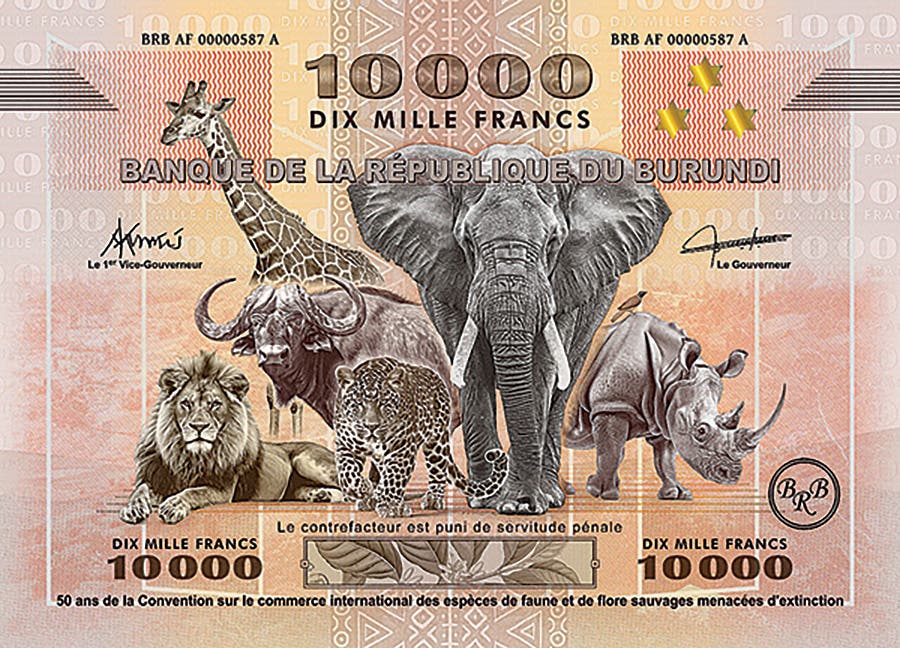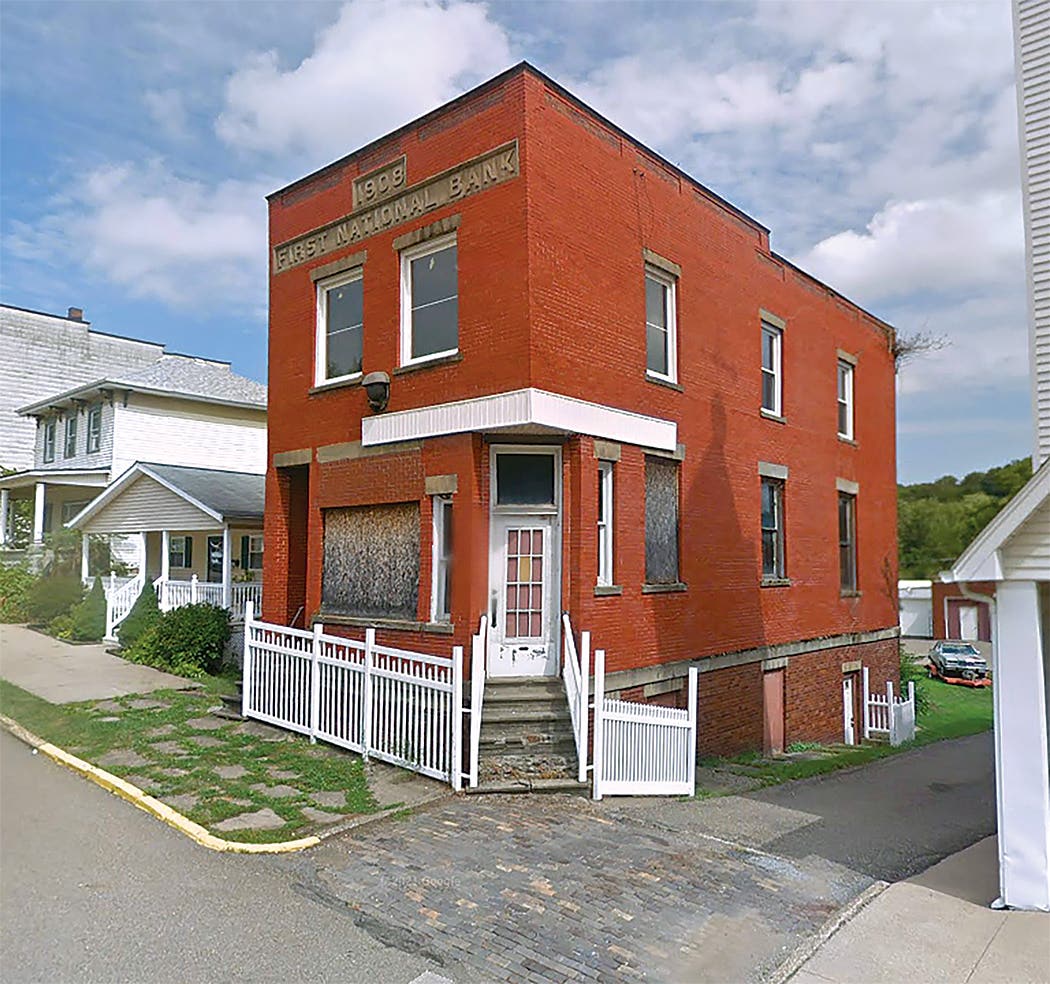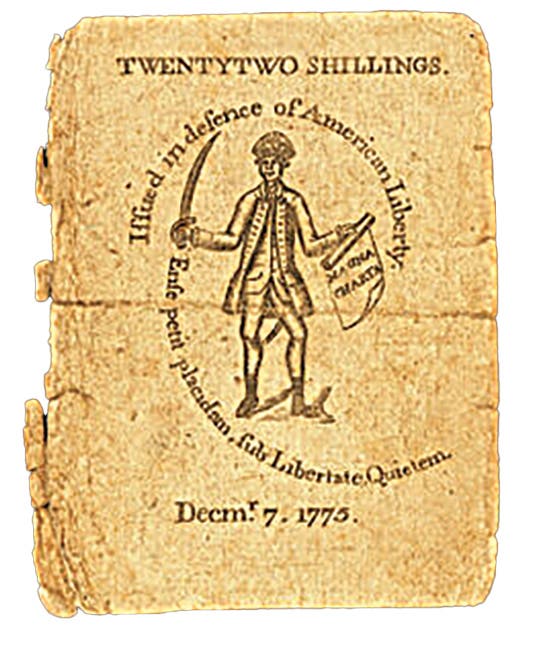Newly Discovered $1 1861 Bank of Upper Canada Note
The $1 Bank of Upper Canada note illustrated here bearing a plate date of Jan. 1, 1861, is a truly significant early piece of Canadian currency. The Province of Upper…
The $1 Bank of Upper Canada note illustrated here bearing a plate date of Jan. 1, 1861, is a truly significant early piece of Canadian currency.
The Province of Upper Canada was an irregularly shaped sprawling region in what is now eastern Canada that looks on a map like a profile of someone’s westward leaning lower leg, toes facing west, that is stepping on lakes Erie and Ontario. Its northern boundary was the divide that separates lands to the south within the province from those to the north that drain to Hudson Bay. Quebec Province bordered it to the northeast. See the map in the Upper Canada wiki.
It was established by Great Britain in 1791. Much of it was settled by Loyalist refugees from the United States after the American Revolution, who displaced the Indigenous peoples. It was governed by a bicameral parliament. The government of the colony came to be dominated by a small group known as the Family Compact. They held most of the top positions in the Legislative Council and appointed officials. An unsuccessful rebellion in 1837 attempted to overthrow that undemocratic system. Representative government was established in the 1840s.
The Bank of Upper Canada was granted a charter by the parliament in 1821 and opened in July 1822 in York, which was the capital. From the outset the bankers enjoyed a cozy profitable relationship with the Family Compact so the bank served as the principal depository for the province. The bank and the government were heavily involved in promoting and financing railroads to exploit the region. However, the tide turned against the bank after the Family Compact lost power in the 1840s. The bank eventually failed on Sept. 18, 1866.
York was incorporated and renamed Toronto in 1834. In time the bank operated branches in Brockville, Hamilton, Chatham, Kingston, London, St. Catharines, Montreal and Quebec. In addition, it operated 13 agencies.
The bankers issued currency from the bank’s inception in 1822. The $1 that is the focus of this article was part of a series known as the Toronto notes, which carried Toronto engraved in bold letters in the lower center of their faces, a plate date of January 1, 1861 and space for one penned signature. They came in denominations of $1, $2, $4. $5 and $10.
One great attribute of the notes is that those that were issued from the branches and agencies carry a bold red overprint consisting of the location and branch/agency number over stamped on the two halves of the faces. The subject note is from the Hamilton branch, which was number 0124.
Twenty-eight $1s are recorded in the latest available census sprinkled thinly among eleven reported locations plus Toronto. They all are rarities on a location basis. There are four Hamilton’s in the census with the subject note bringing that total to 5 and the grand total to 29.
The note shown carries serial 37265, which is the second earliest of the 29 and by far the earliest of the Hamiltons. I can’t find a plate position letter on it.
The note is in remarkable condition for the type. One beauty of it is that it is in totally original condition, never having been doctored in the slightest or pressed. The colors are vibrant. The paper possesses its original sizing and is toned typically for it age but remains wonderfully supple.
One problem Canadian collectors face is that almost half of the Bank of Upper Canada notes from this series reside in the Canadian National Collection. The $1s are no exception with 11 of the now 29 in that holding.
Sources of Information
Graham, R. J., 2014, The Bank of Upper Canada: Canadian Paper Money Society Journal: p. 99-111.








